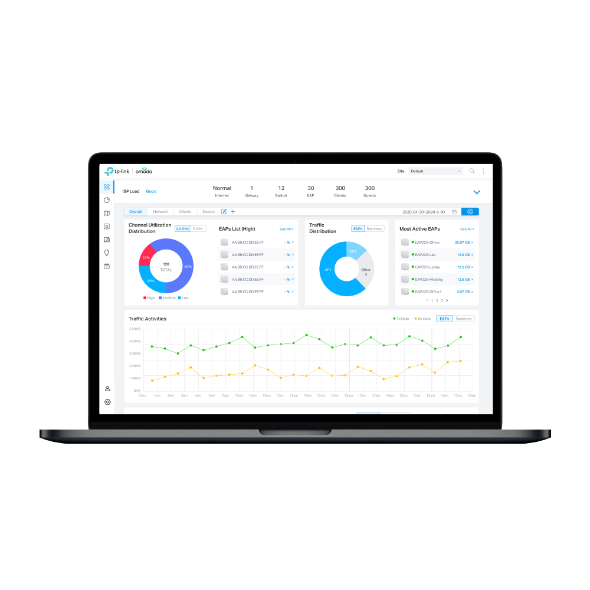How to do a silent installation for Omada Controller on Windows OS
Note: This article applies to Omada Controller.
Silent installation allows you to define an installation configuration only once and then use this configuration to install Omada Controller on all other hosts with Windows OS.
We can use CMD (command line) in Windows to make silent installation for Omada Controller.
1. Download Omada Controller installation package from TP-Link official website: https://www.tp-link.com/en/support/download/eap-controller/#Controller_Software
2. Open CMD as administrator. Use –r command to finish the installation. For example, use D:\Desktop\Omada_Controller_v3.1.13_Windows64.exe –r to install the Omada Controller. We can create a “setup.iss” file with –r command, it records the default silent installation information of Omada Controller. (Refer to step 4)

3. Follow the wizard to finish the installation. When you choose the Destination Location path, the path you select here will be used as a default path for subsequent silent installations of Omada Controller. Therefore, please make sure that the path exists on the host that performs the subsequent silent installation, or the silent installation will be failed.

4. After finishing the installation, a “setup.iss” file will be created in the default path:C:\windows.
You can use -f1”…/steup.iss” to specify the output path of the profile. For example, use D:\Desktop\Omada_Controller_v3.1.13_Windows64.exe –r -f1”D:\desktop\setup.iss” to create the “setup.iss” file in desktop.

5. Once you've done the above operation, you can use OmadaController.exe -s -f1"..\setup.iss" -f2”..\setup.log” command to complete the silent installation. OmadaController.exe is the name of installation package of Controller. For example, use D:\Desktop\Omada_Controller_v3.1.13_Windows64.exe –s -f1”D:\desktop\setup.iss” –f2”D:\setup.log” to start the silent installation. The “-f1” command is used to calling the “setup.iss” file which contains the silent installation process of Omada Controller. The “-f2” command is used to specify the output path of the silent installation log file. (If you do not specify the output path of the log file, the default logs file will be established at the same path of installation package)

Note:
1) When use –f2 to specify the output path of the setup.log, you need to ensure that you have write permissions for the output path. If not, you will fail to create log files and finish the installation.
2) When use -f1, -f2 to specify the output path of setup file, the output path needs to include the absolute path of the specified location (environment variables can be used).
3) If you did not run the CMD as administrator, you need to manually confirm the administrator permission when doing the silent installation of Omada Controller.
4) You can edit the setup.iss file to modify the default installation path of Omada Controller directly. Please modify the value of the variable szDir in setup.iss to change the installation path.

Finden Sie diese FAQ hilfreich?
Mit Ihrer Rückmeldung tragen Sie dazu bei, dass wir unsere Webpräsenz verbessern.
Von United States?
Erhalten Sie Produkte, Events und Leistungen speziell für Ihre Region








